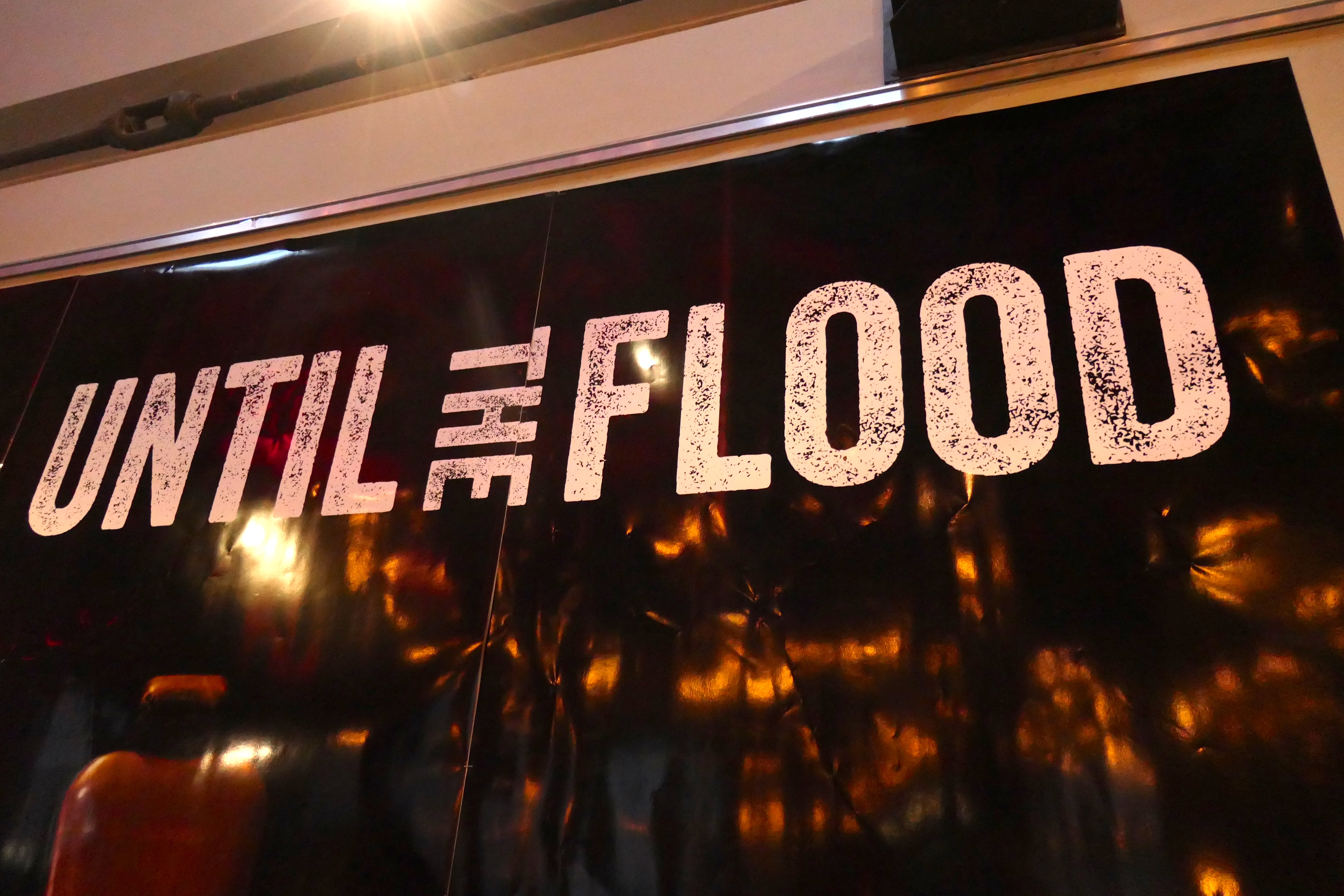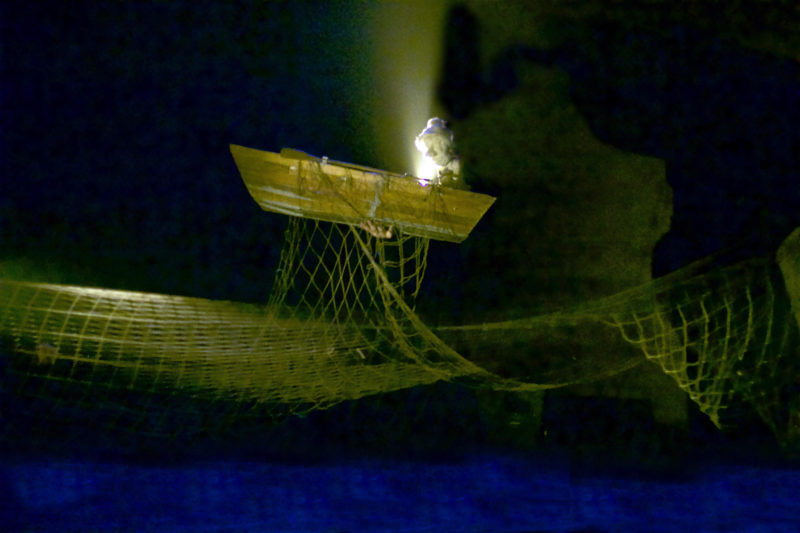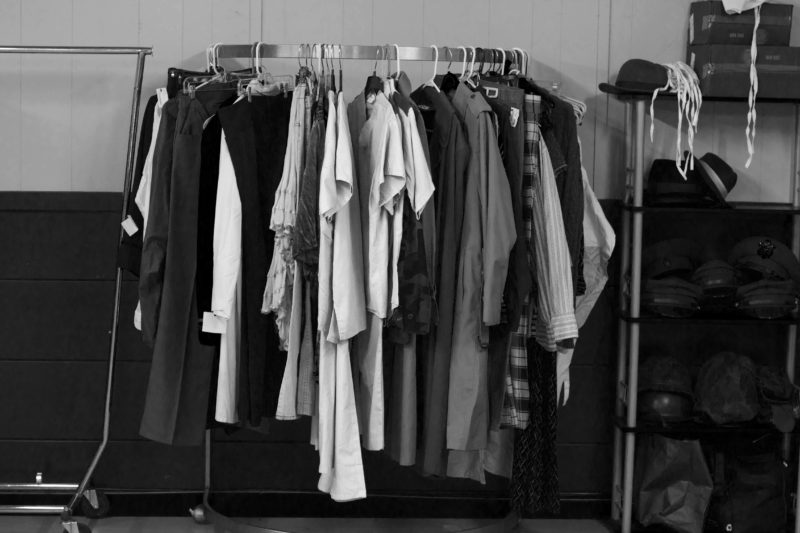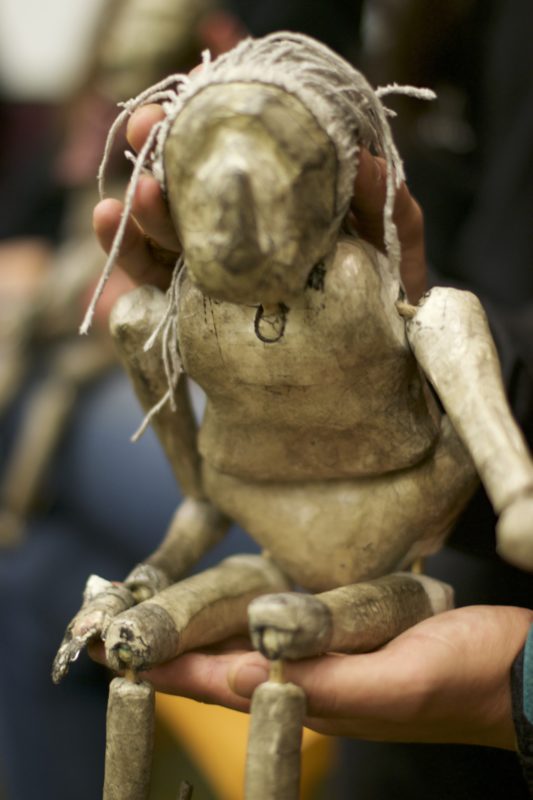 Photographs here and below are of Jess Thom (Touretteshero)
Photographs here and below are of Jess Thom (Touretteshero)
Consider Terry Castle, the Walter A. Haas Professor in the Humanities at Stanford who has widely published on female homosexuality and 18th-century English literature. Many smart people judge her as one of the sharpest, most insightful, wittiest literary critics alive. She has also been involved, for all I can tell, in an extended cat fight with Susan Sontag, who she simultaneously reveres and competes with, even after the latter’s death.
In her essay Desperately seeking Susan she describes this scene: Having been promised a “real NY evening” in a loft with dinner guests like Laurie Anderson and Lou Reed she finds herself at the margins. “Yet it wouldn’t be quite right merely to say that everyone ignored me. As a non-artist and non-celebrity, I was so ‘not there,’ it seemed—so cognitively unassimilable—I wasn’t even registered enough to be ignored. I sat at one end of the table like a piece of antimatter.” Sontag’s brief attempt to introduce me —“with the soul-destroying words, Terry is an English professor”—only made things worse: “I might as well not have been born.” Just after coffee, with Sontag oblivious and sleepy in her chair, …. exit “back to the world of the Little People.”

Clearly she is no stranger to the concept and experience of exclusion; the way she describes her awakening to and living the life of a lesbian for decades also implies a knowledge of what it means to navigate non-mainstream terrains.
Imagine then how I almost choked when I read these words in one of her lauded essays in the London Review of Books on outsider art:

https://www.lrb.co.uk/v33/n15/terry-castle/do-i-like-it

Lunatics. Appalling. Whacked out. Disconcerting. Disorienting. Repelling. Crazy. Nothing but judgmental, violent, denigrating terms written in 2011.
Words matter. I remember drumming into my graduate students in a clinical program the necessity to shift language from the disorder to the person. The condition is NOT the person. No talking about a schizophrenic, but someone who has schizophrenia (and not suffers from it necessarily either, as so many project.) That was hard even for those who would never dream of uttering abasing terms like the ones mentioned above.

I ask myself how can we ever become a more inclusive society, combating stereotyping, ableism, all these deeply ingrained negative associations about people who have a neurological, mental or physical make-up that does not conform to the norms society proscribes? When even the educated upper 1% cling to their ignorance, per chance even getting a kick out of their perceived superiority? And occasionally collect outsider art which makes the collectors, per definition, insiders? What does it mean to have to move amongst the prejudiced on a daily basis, if you are neuro-diverse? Or not move, as the case may be, since wheelchair accessibility is still such an issue in the world at large? Or you are deprived of your freedom to move in the confining net of rules of foster care?

I am bringing this up because I had the privilege – and pleasure – to photograph artists and their performances (presented by Boom Arts) who are exactly the kind of people Castle seems to shun. I saw brilliant stand-up comedy by British Jess Thom, Touretteshero, who uses the platform of her non-stop – laughter-inducing monologues to educate about the neurological disorder. Thom uses a wheelchair, dons protective gear for uncontrollable tics that might make her hurt herself and belongs to the few % of those who have Tourettes whose uncontrollable utterances often contain 4 letter words.

She is brutally honest in describing the effects of the disorder, and in her humorous and wickedly smart way of showing how a life need not be constrained by disability (defined within a social model where society is inducing this state rather than the neurological diversity per se: https://en.wikipedia.org/wiki/Social_model_of_disability)
she is about the most successful educator and role model one could imagine.
http://touretteshero.com
Her eyes were steel grey in the stage light, luminous, expressive and for me representative of her steely determination to bring the issues into public consciousness.

Then there is the Wobbly Dance project, based in Portland, that a few years back made an experimental film Waking the green Sound about dancing while physically constrained to what movements a given body allows.
 Yulia Arakelyan
Yulia Arakelyan
 Erik Ferguson
Erik Ferguson
 Grant Miller
Grant Miller
A stirring piece of art, which has you see the magic of creativity and the physical beauty of the artists, Yulia Arakelyan, Erik Ferguson and Grant Miller (the latter of the daring fashion sense and the angelic face that recedes into the background when you hear them speak in measured, eloquent, non-shaming and yet devastating words on what prejudice does to the lives of the neuro-diverse.
https://www.wobblydance.com/film/



Then there is Cheryl Green’s tender and incisive portrayal of some members of the Wobblies, and their fears of being institutionalized, robbed of the simplest freedoms the rest of us don’t even give a second thought.
https://vimeo.com/232894045
The film maker acquired a brain injury some years ago and has since devoted her talents to documenting a community that needs to be known and understood beyond the ignorance at best and prejudicial thinking at worst that is so commonly displayed in all of us.

And finally there is Lara Klingeman, part of the Echo Theater Community, who is often surrounded and at times assaulted by voices in her head and is anchored by the constant presence of a support animal. She created a soundscape of many overlapping voices telling her what (not) to do, think, feel, interspersed with sounds from the radio or street life, an ebbing and flowing cacophony at times unbearably loud, that is generated by a brain wired differently from our own. Connect to her and Levi, the dog, while this is played to the audience, giving us a glimpse of neuro-diversity that we can actually there and then experience ourselves.



Words matter. Actions can have an even more devastating impact. Did you know that the fundmental right to vote can be removed in 39 US states from neurodiverse citizens under Incompetency Laws?http://www.pewtrusts.org/en/research-and-analysis/blogs/stateline/2018/03/21/thousands-lose-right-to-vote-under-incompetence-laws
You can be stripped of your rights, being forced into institutions, and, in the case of the 1930s fascistic regime of my own country, Germany, being imprisoned and killed. In fact, Operation T4, the forced sterilization and later starving, injecting or gassing people with disabilities to death, was the earliest planned action to “cleanse the Aryan race”, long before Jews became the focus of annihilation. In all a quarter million people with mental or physical differences were systemically murdered between 1939 and 1945.
https://www.ushmm.org/learn/students/learning-materials-and-resources/mentally-and-physically-handicapped-victims-of-the-nazi-era/euthanasia-killings



In the bit I cited on top, Castle proudly proclaimed that hers’ were not Wordsworthian encounters with people with disabilities. Indeed they weren’t, if you understand his poetry as embracing encounters with disability as a tool that can promote moral growth for the rest of us through reflection.
I think we should all have a dinner party, every one of the photographed performers, the ever-moving ASL translators and folks from Echo Theater joining



the rest of us in celebration of diversity – and the likes of Terry Castle do not just have to sit at the end of the table – I’ll refuse to invite them altogether.
Producer Ruth Wikler-Luker will point the way (which she has done this season in more than one way,)

and Levi has to come as well!

Jess can bring the flowers. As can Grant. They make our world whole.

















































































 Photographs here and below are of Jess Thom (Touretteshero)
Photographs here and below are of Jess Thom (Touretteshero)







 Yulia Arakelyan
Yulia Arakelyan Erik Ferguson
Erik Ferguson





























































